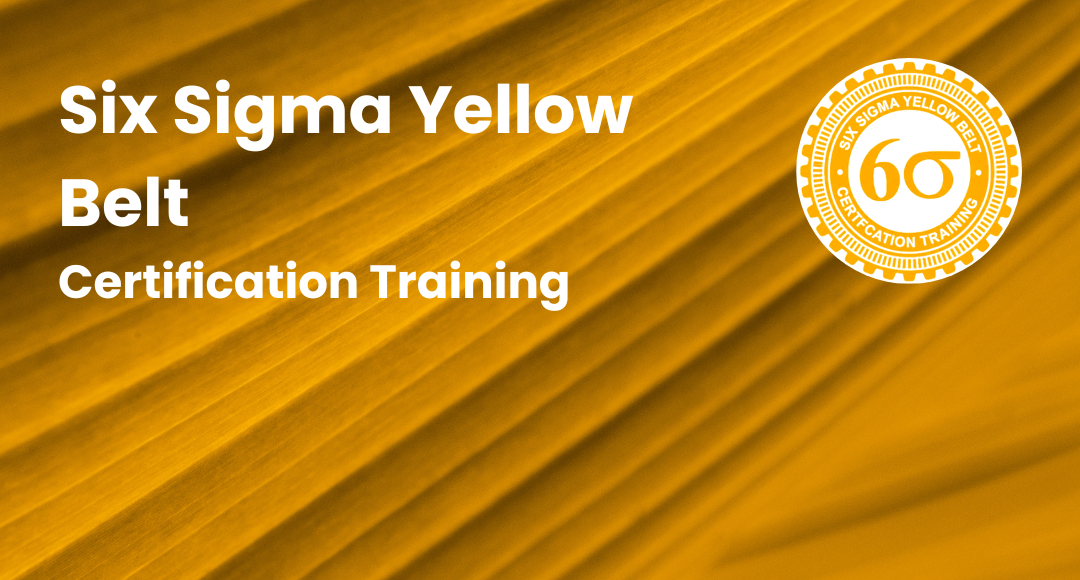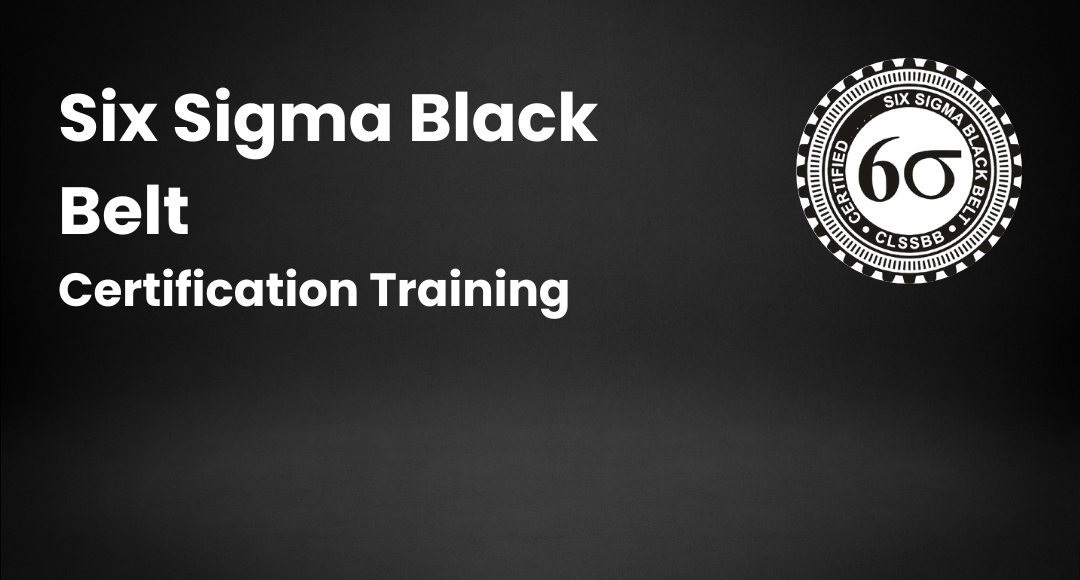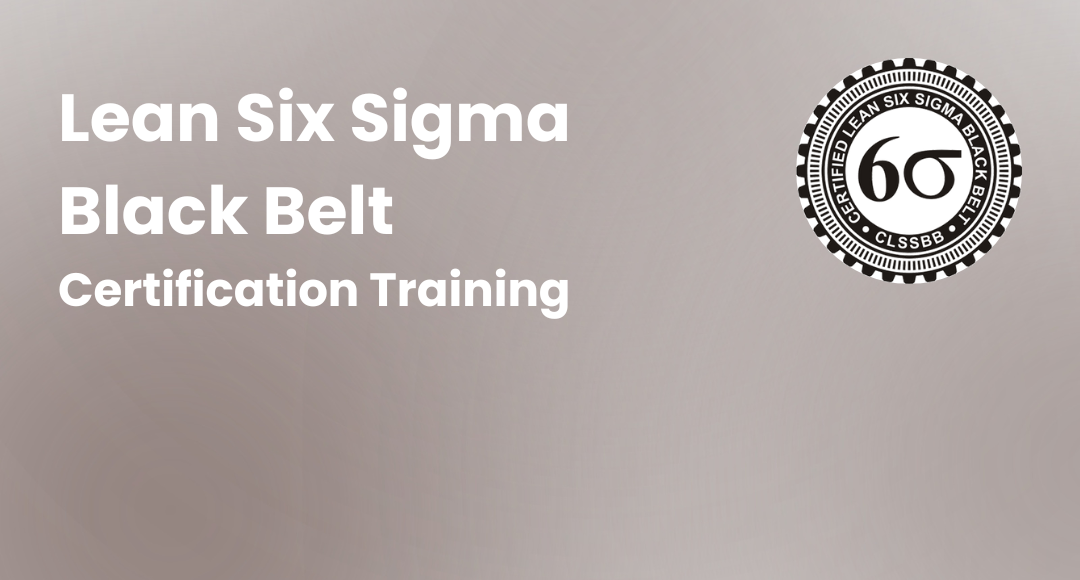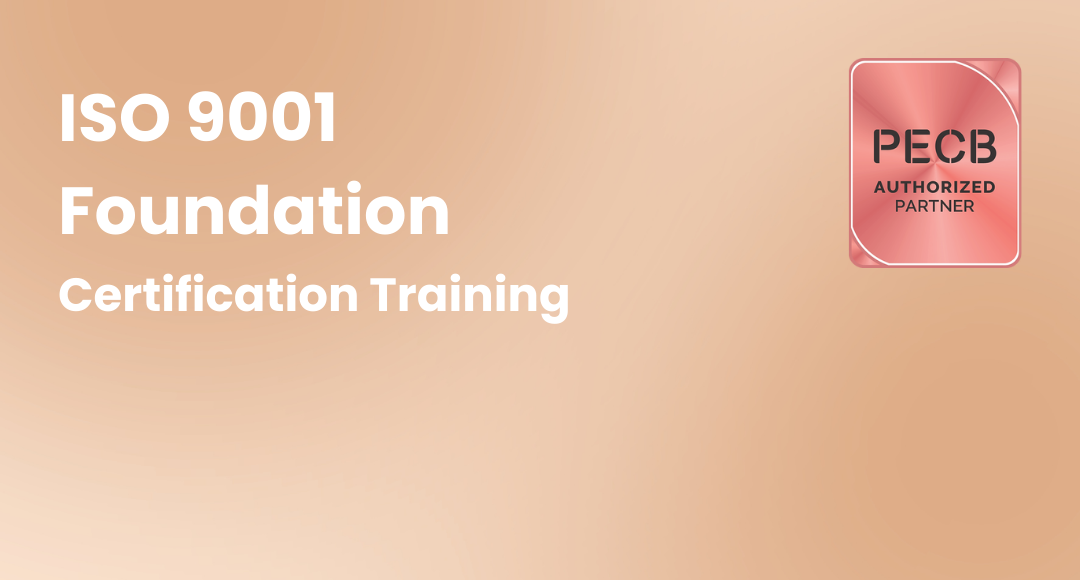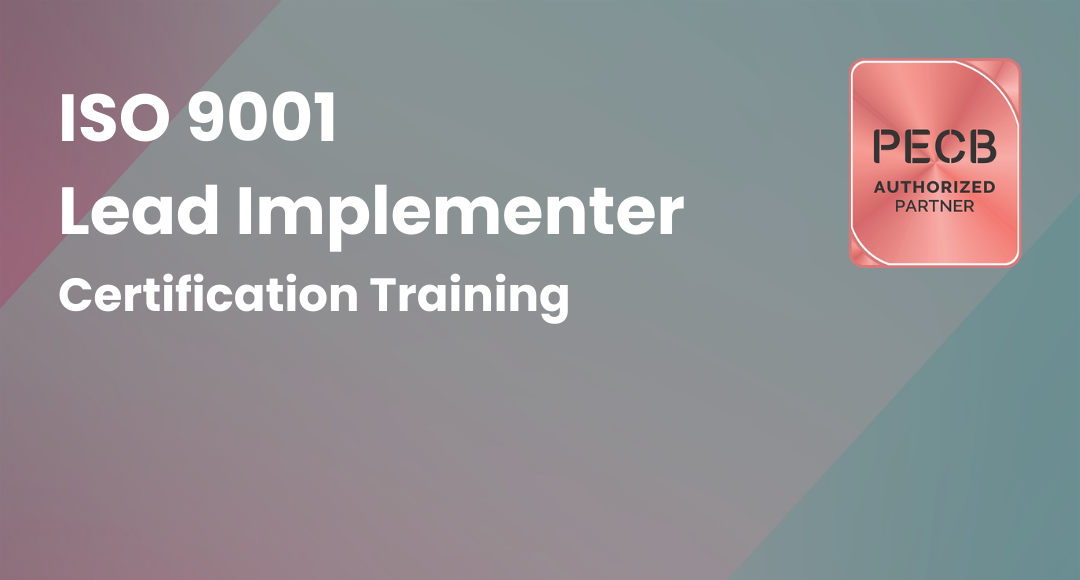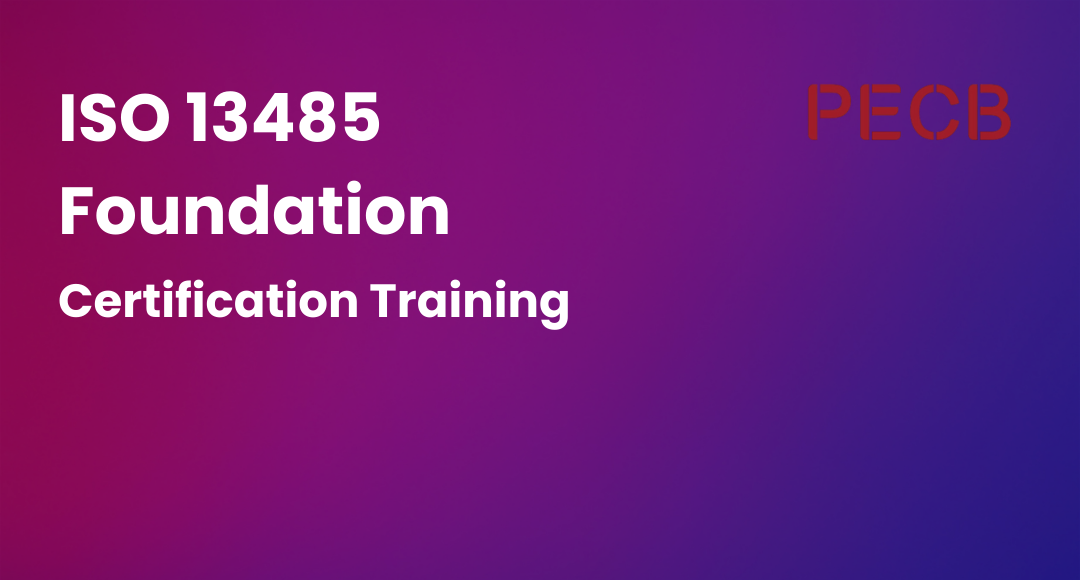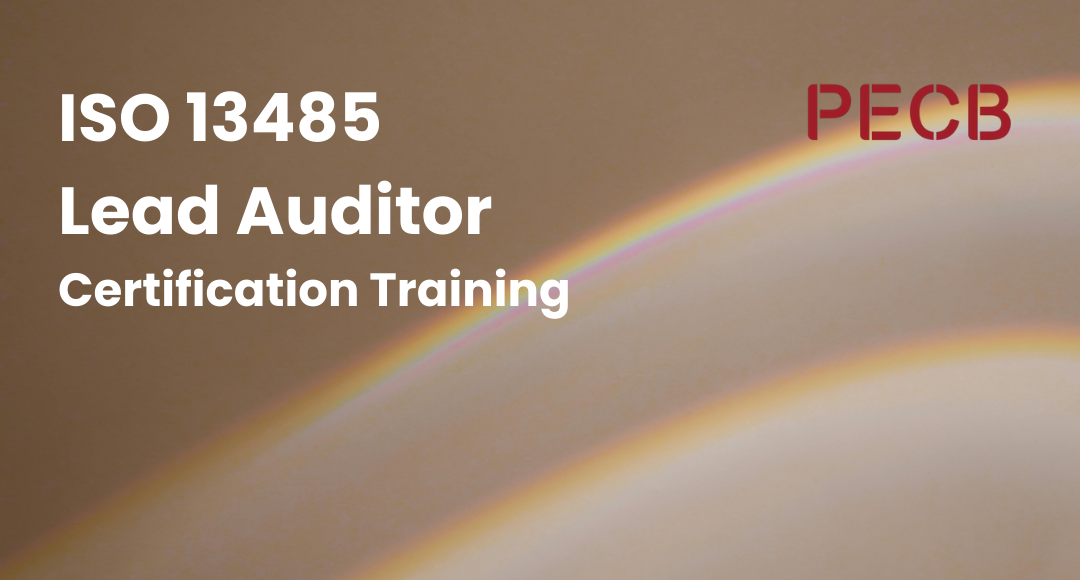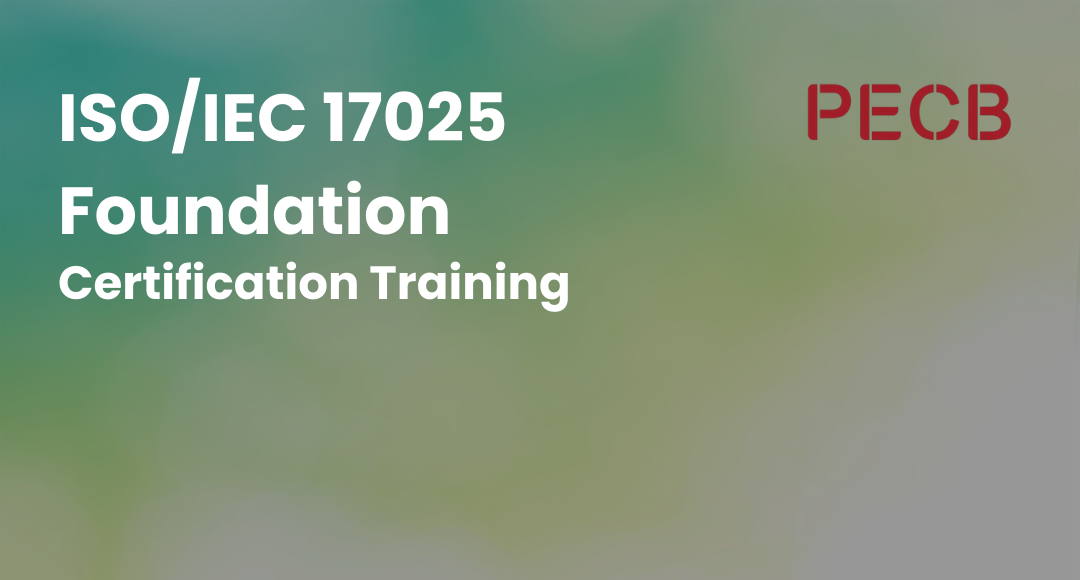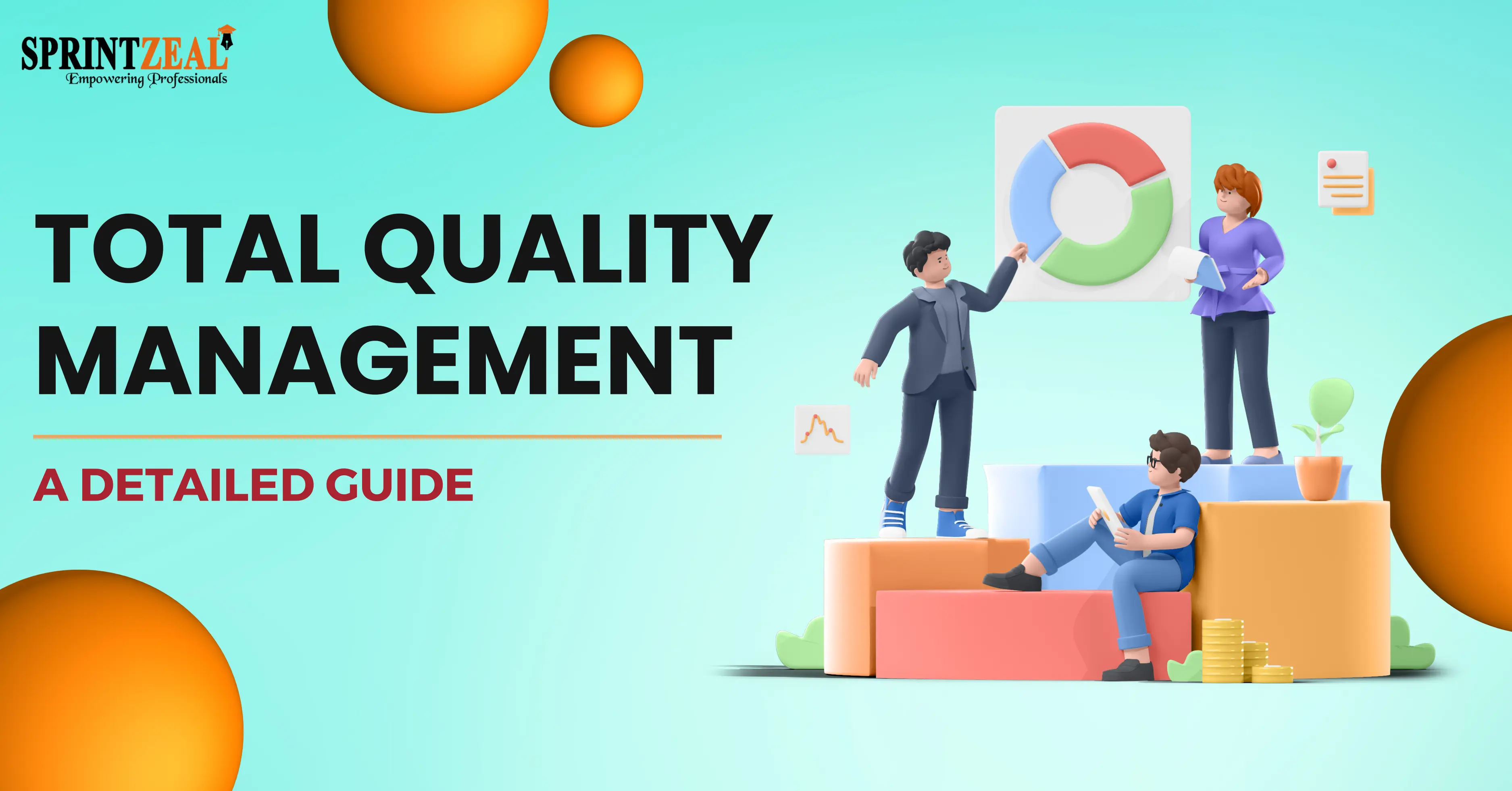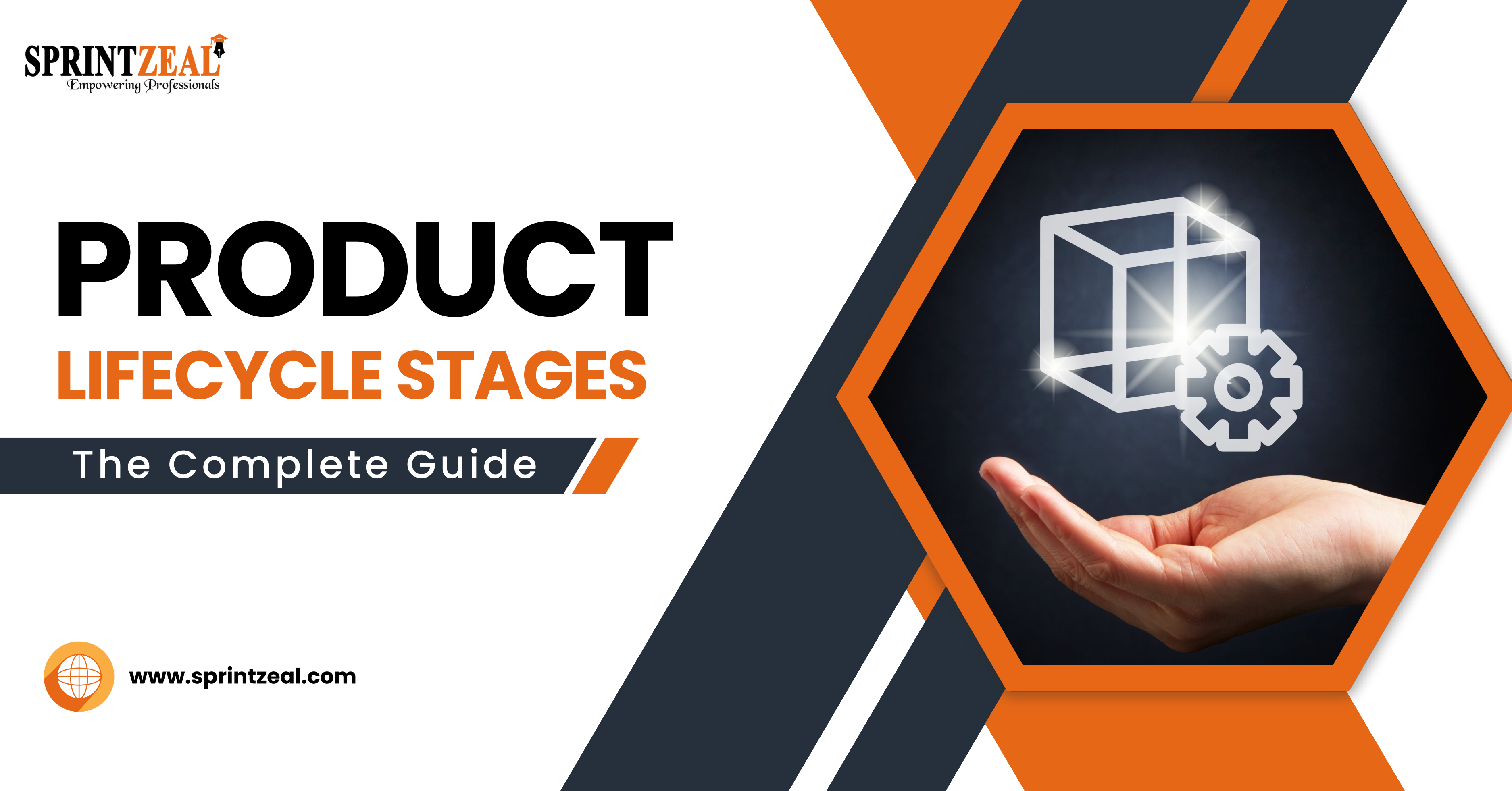A Supply Chain Management Guide to Mastering Logistics End to End
-
 By Irfan Syed
By Irfan Syed - Published on Nov 13 2023

Table of Contents
- What is Supply chain management (SCM)?
- Stages of Supply Chain Management
- Elements of Supply Chain Management
- Functions of Supply Chain Management
- Types of Supply Chains
- The Importance of Supply Chains
- Supply Chain Management Steps
- Benefits of Supply Chain Management
- Frequently Asked Question
- Conclusion
What is Supply chain management (SCM)?
Supply chain response is the ability of an organization's supply chain to adapt to and meet changing customer demands and market conditions. This is essential for supply chain management to be efficient and effective.
The flow of different goods and services is managed efficiently and effectively, and this management of the flow is denoted as supply chain management. It considers all the processes that make up the transformation of various raw materials into valuable final products.
SCM considers the supply side activity of a business and helps in streamlining it successfully. The streamlining of these activities leads to maximizing customer value and gaining an edge over the competitors in the corresponding marketplace.
Supply chain management shows all the efforts that the suppliers put into developing and implementing the supply chain most efficiently and economically possible. Everything comes under the supply chain, from production to product development to the information system needed for directing these processes.
Managing all these aspects is a tactful job and requires great skill. Organizations get a sustainable advantage in the business with the help of supply chain management. The companies give conscious and constant effort in developing and running the supply chain productively.
This system management helps coordinate all the business activities that are associated with the building of finished goods and services.
Supply chain management has a base concept that consists of two main ideas as follows:
- The first idea represents that all the products that reach their designated destination show the complete effort of multiple parts of the organization. All these parts of the organization altogether consist of the supply chain.
- Supply chains are present in organizations for an excellent period. Due to the supply chain's presence, the organizations mainly focus on the things that go on inside the four walls! Some of the businesses that are much less managed to understand that the complete supply chain concentrates entirely on delivering the final product to the customers.
Two types of flow are linked together to form the supply chain of an organization. The two different flows are physical flow and information flow.
- Physical flow: It involves transformation, storage, and the movement of various goods and different materials. These elements consist of the visible part of the supply chain of the organization. It is equally essential concerning the information flow of the supply chain.
- Information flow: This flow helps different partners in the supply chain coordinate long-term plans. It also helps in controlling the day-to-day up and down of the goods and services in the business's supply chain.
The process of supply chain management considers the integration of planning and execution measures of the process required for managing the whole situation of making final products out of raw materials.
The complete process of supply chain management depends on an organization's business strategy and the software that they have specifically to control this process. It also involves the collaboration of the work of the organization.
SCM is pretty complicated and expansive. This requires the organization's complete workforce to work effectively to bring the necessary result out of the process. Proper communication is essential to take up the whole process of supply chain management productively.
If the organization manages risk together with efficiency, then the hectic process can simplify easily, and the change initiated by the methods becomes easy to adapt.
Stages of Supply Chain Management
The process of supply chain management can be categorized into five different stages, making it a whole. These stages are:

Planning stage: This stage considers the creation of strategic plans to meet the customer's required demands for a specific product. Planning helps the organization overcome the bullwhip effect and carry on the later stages of the process productively.
The planning stage of the process takes the help of supply chain analytics and material management in the ERP system. The first stage is immensely crucial in taking forward the process of managing the supply chain.
Source of the supply: The source from which raw materials come is a point gives stress on. The organizations correctly and efficiently identify as well as verify the vendors. They select the vendor who can provide them with the required raw material in a streamlined manner as per the specific agreement. The term supply chain collaboration comes to play at this stage, and it is an important aspect that works throughout the process of managing the supply chain.
Making the product and service: The necessary products are manufactured at this stage of the management process. Scheduling the production, testing, packaging, storage, and compliance with the client’s requirements all come under the third stage of the process. The release of the product from its manufacturing unit is also a part of the third stage.
Several machines and human resources are involved in this stage to carry on the activities in a streamlined manner. The larger the company, the more resources are used for taking forward the operation in a successful way. The use of recent technical advancements also helps in the practical completion of the required work.
Delivering the final product or service: The fourth stage of the process consists of the logistics segment and focuses majorly on providing the final product to its specific customer. The different mode of transportation is also decided for the delivery of the products.
The leaders of the supply chain tend to work more closely to provide outstanding customer service. Inventory management is carried forward, and the management system of the warehouse is taken care of. Both these types of government are fundamental at this point in the supply chain management process.
Return of the defective product: This is the final stage of supply chain management, and it is equally important as the other processes. The return of defective products is a part of this stage. The products that are no longer required or supported also fall into this category.
The elements of different phases, like transportation and inventory management, also form part of this stage.
Elements of Supply Chain Management
The strategies of supply chain management differ from organization to organization. But certain aspects and elements remain common in the case of all industries and organizations. These elements form a significant part of supply chain management.

Structure of the network: The network structure of the supply chain consists of the physical system and the logistic segment. The physical form considers different factors like manufacturing, outlets, warehousing of the inventories, and realizing the customer's location.
The logistics and the organizational philosophy segment make sure to focus on where and how to handle the process.
Ethical standards and legal framework: Organizations should always consider the traditional standards relating to the procurement of supply chain management techniques. They should also take care of the fact that the organizations comply with the ethical measures not to hamper the principles of corporate responsibility and environmental standards.
Software and technology associated with the process: A few software and various technologies form part of the supply chain management process. These technical advancements help in finding practical solutions to multiple problems coming as the result of the functions.
The software carrying out the complete process of managing the supply chain also forms part of this element under consideration.
Policies of sales and operation planning: Of course, supply chain management does not operate in a vacuum! The decisions and the strategies with which the process aligns itself should align with the corporate policy.
It should also make sense for the financial language to be accepted appropriately by the supply chain partners.
Profile of the suppliers: The strategy with which supply chain management occurs should mention the partners associated with the company. The system should say with whom the company carries on the business and if the product quality is met or not. It also keeps a view on the timely delivery of the product.
Functions of Supply Chain Management
The significant tasks of supply chain management are as follows:

Purchasing: The primary and significant function of supply chain management is purchasing. The procurement of raw materials and various other resources is required for the organization to find its place under this function.
The coordination of the suppliers and the organization is necessary to ensure the timely delivery of raw materials to initialize the production process.
Logistics: Coordination is essential for this function of supply chain management. After manufacturing the products, the necessary storage is required before the shipment of the products. The organizations need to make local arrangements for warehousing.
The products face changes in warehousing before they reach their final destination. The logistics work is to ensure that the products get to the final destination without any significant glitches.
Operations: The planning for the production and carrying out other activities of the process happens under this function. Organizations need to anticipate or forecast the demand of the market and seek raw materials accordingly.
They also need to convert the raw material into the final product, keeping in view the stipulated time and quality measures. The anticipation of demand plays a significant role in satisfying customer demand and reducing the organization's unnecessary loss.
All these factors come under the operation function, which is why it plays such a crucial role in the complete process.
Resource management: All the productions take various resources like raw materials, labor, technology, and time. All these resources should be managed effectively and efficiently to keep supply chain management intact and productive.
This function plays a significant role in the organization, and the companies should take special care concerning the management of all the resources and the human resource. The allocation of resources should adequately occur to ensure that the right activity happens at the right time.
This eventually can lead to the optimization of the overall production and reduction in unnecessary cost.
Information workflow: Sharing and the distribution of information are essential for keeping the connection with the other functions associated with supply chain management. The communication of information and workflow information needs to keep all the other activities on track.
When lousy communication or improper information workflow arises, the entire chain faces the problem of downfall, resulting in severe mismanagement.
Continuously think about your assets before focusing on practical use. Your business is more modest, so ensure your novel prerequisites are at the highest point of your psyche. Your answer shouldn't use up every last cent with unnecessary unpredictability.
Discover a framework that suits your pay and that can develop close to your organization. A paramount sticker price doesn't mean a framework is an absolute necessity; no arrangement is a one size fits all answer.
Types of Supply Chains
Effective Supply Chain Management (SCM) relies on recognizing the intricacies of various supply chains. This section aims to unravel these complexities, emphasizing the importance of essential concepts like logistics efficiency, data-driven insights, strategic planning, and risk-aware supplier management.
Basic Supply Chain Structures
Linear Supply Chain: Representing a traditional model, the linear supply chain follows a sequential flow from production to distribution, best suited for industries with stable demand. Robust supply chain planning is essential for anticipating and meeting customer needs effectively.
Responsive Supply Chain: In contrast, a responsive supply chain adapts swiftly to changes in customer demand and market trends. Utilizing real-time insights derived from supply chain analytics becomes imperative here, enhancing responsiveness. Logistics management, supported by advanced logistics management software, plays a pivotal role in ensuring the smooth flow of goods.
Agile Supply Chain: An agile supply chain combines elements of both linear and responsive models, excelling in managing uncertainties by maintaining flexibility in production and distribution. Prioritizing supplier relationships is a key consideration in this model, ensuring resilience against potential disruptions.
Hybrid Models: Hybrid supply chain models integrate aspects of various structures, offering a tailored approach. Businesses may opt for a mix of linear, responsive, or agile components based on their unique requirements. This section explores the adaptability and advantages of such hybrid models in diverse industries.
Industry-Specific Supply Chains
Retail: In the retail sector, where demand can be highly volatile, an agile supply chain is often favored. Efficient logistics management ensures that products reach shelves promptly, meeting dynamic consumer preferences.
Manufacturing: Manufacturing supply chains involve intricate production schedules and quality control. Strategic supply chain planning, coupled with analytics, enables streamlined operations, while logistics management ensures the timely movement of raw materials and finished goods.
Technology: In the fast-paced technology industry, a responsive supply chain is essential to swiftly adapt to market changes. Leveraging supply chain analytics plays a critical role in forecasting demand for the latest innovations, guiding production schedules.
Key Considerations in Choosing a Supply Chain Type
Flexibility: Flexibility is a common thread weaving through supply chain structures. Whether linear, responsive, agile, or hybrid, the ability to adapt to changing conditions is essential. A flexible approach ensures resilience, particularly in dynamic market environments.
Cost Efficiency: Cost efficiency is a key consideration in any supply chain strategy. Effective supply chain planning and logistics management contribute to cost optimization, ensuring that resources are utilized judiciously throughout the supply chain.
Customer Demand Responsiveness: Understanding and responding to customer demand is at the core of any successful supply chain. Supply chain analytics and planning are instrumental in gauging and meeting customer expectations, thereby enhancing overall customer satisfaction.
Each aspect contributes to the intricate tapestry of modern supply chain dynamics.
The Importance of Supply Chains
Economic Impact
Beyond the mere logistics of moving goods, supply chains wield a significant economic impact. Their role is not only in connecting the dots from production to consumption but also in contributing substantially to national economies. This economic significance is not just in terms of raw numbers but translates into real-world impacts, making the efficient management of Supply Chain Management (SCM) a strategic necessity.
Contributing to GDP: Supply chains form the backbone of economic growth, contributing significantly to a country's Gross Domestic Product (GDP). The interconnectedness of industries, from raw material extraction to the final product, reflects in the economic health of a nation.
Employment Opportunities: A robust supply chain creates a ripple effect of job opportunities. From manufacturing to logistics, supply chain operations open avenues for employment, supporting livelihoods and fostering economic stability.
Customer Satisfaction
In the age of consumer empowerment, meeting and exceeding customer expectations is paramount. Supply chains play a pivotal role in shaping customer satisfaction and, consequently, brand loyalty. In this realm, keywords such as logistics management, customer-centric supply chain planning, and analytics-driven responsiveness come into focus.
Meeting Customer Expectations: A well-managed supply chain ensures that products are available when and where customers need them. Logistics management guarantees timely deliveries, aligning with customer expectations and contributing to a positive brand experience.
Impact on Brand Loyalty: Consistency in meeting customer demands and expectations builds brand loyalty. Efficient supply chains, driven by analytics and strategic planning, foster a positive customer experience, reinforcing brand trust and loyalty.
Global Connectivity
The modern supply chain is not confined by geographical borders. Supply chains have become the threads weaving a tapestry of global connectivity, influencing international trade and collaboration. In this global context, the keywords logistics management and global supply chain analytics gain prominence.
Cross-Border Trade: Supply chains facilitate cross-border trade, breaking down barriers and enabling the seamless movement of goods between nations. Logistics management plays a pivotal role in ensuring the smooth flow of products across diverse geographic landscapes.
International Collaboration: The interconnected nature of supply chains fosters international collaboration. Businesses collaborate on a global scale, leveraging each other's strengths and resources. Effective global supply chain analytics become instrumental in navigating the complexities of international markets.
Risk Management
In an era where uncertainties are the only certainty, the importance of effective risk management within the supply chain cannot be overstated. Supplier risk management emerges as a critical element, safeguarding against disruptions that can ripple through the entire chain.
Importance of Supplier Risk Management: Identifying and mitigating risks associated with suppliers is integral to maintaining supply chain resilience. A robust supplier risk management strategy involves strategic planning and proactive measures to ensure continuity in the face of potential disruptions.
Mitigating Supply Chain Disruptions: Supply chain disruptions can stem from various factors, including natural disasters, geopolitical events, or economic downturns. An effective risk management approach, combined with supply chain analytics, allows businesses to anticipate and navigate disruptions, ensuring a smoother and more resilient supply chain.
As we delve into the multifaceted importance of supply chains, it becomes evident that beyond the keywords lie the essential principles of adaptability, customer-centricity, and strategic planning. These principles collectively underscore the indispensable role of supply chains in the contemporary economic landscape.
Supply Chain Management Steps
Supply Chain Planning
At the heart of effective Supply Chain Management (SCM) lies meticulous planning. This initial step involves strategic decision-making to meet customer demands efficiently. Supply chain planning, a key process, integrates various elements, including logistics management, supply chain analytics, and risk-aware supplier management.
- Role of Planning in SCM
- Utilizing Supply Chain Analytics
- Integration with ERP Systems
Source of the Supply
Identifying reliable suppliers is a cornerstone of a robust supply chain. This step involves not only selecting suppliers but also fostering collaborative relationships. The keywords supplier risk management and supply chain collaboration become crucial in ensuring a streamlined flow of raw materials.
- Vendor Identification and Verification
- Supply Chain Collaboration
Making the Product and Service
The manufacturing stage is where the supply chain transforms raw materials into finished products. Scheduling, testing, packaging, and compliance with client requirements are essential components. This phase involves a harmonious interplay of human resources, technological advancements, and logistics management.
- Production Scheduling
- Role of Technology in Manufacturing
Delivering the Final Product or Service
Logistics management takes center stage in delivering the final product to customers. This stage involves decisions regarding transportation modes, inventory management, and warehouse systems. Leaders in the supply chain collaborate closely to ensure outstanding customer service.
- Logistics Management
- Inventory Management
Return of the Defective Product
The final stage of supply chain management involves dealing with defective products and managing returns. This phase is equally significant, as it addresses issues related to product quality and customer satisfaction. Elements of different phases, such as transportation and inventory management, play a crucial role here.
- Importance of the Final Stage
- Integration of Transportation and Inventory Management
As we navigate through the supply chain management steps, it's apparent that each stage involves a delicate balance of strategic planning, collaborative relationships, and the integration of technological advancements. The keywords, strategically placed, underscore the importance of these elements in ensuring a resilient and effective supply chain.
Benefits of Supply Chain Management

A better option for collaboration:
One of the biggest challenges in the companies' flow of information. Many companies lack the presence of automatic information flow throughout the supplier chain. Several companies consider that if information flow happens in the fragment, there are fewer sales opportunities.
With the help of integrated software solutions, we can remove the bottlenecks, allowing the seamless sharing of information in a seamless manner. It provides a bigger picture of the management of the supply chain from one end to another end.
The improvement in accessing the data helps the leaders in the supply chain get in touch with the information that they need to make necessary decisions for the organization.
Improvement in quality control:
The different stages of supply chain management focuses on quality control immensely. It helps in checking the quality of the product at each step, leading to fewer problems at the end of the process.
The organizations check the quality of raw materials and also work in progress inventory. Keeping a check on the manufacturing products' quality leads to less stress while providing the customers with the final product.
The implementation of quality control has additional benefits like on-time delivery of the product, a decrease in the number of defectives, and enough time to resolve the complaints. It creates more significant customer satisfaction as the customers get the right quality product in the stipulated time frame.
Efficiency rates increase:
The companies can quickly implement individual plans for backup when they have accessed the real-time data concerning raw materials and the delays occurring in manufacturing. In this case, they can source the material from other suppliers who act as a backup and prevent more uncertainty.
Without real-time data, companies do not generally have a second plan if the problem goes wrong. This results in adverse situations like the inventory going out of stock. It can also create conditions where the customers get late shipments.
The efficiency of the organization and supply chain increases with the help of supply chain management. The automation solution should be smart enough for the organization to prevent loss and increase productivity with greater efficiency.
Reduction in overhead cost:
Predicting the demand for the product accurately can reduce the organization's overhead cost, particularly by enabling strategies to reduce warehouse cost through efficient inventory practices.
Overhead cost is a significant cost factor in the organization. If the inventory is present in the organization according to the customer's needs, then the business can stay away from the higher cost factor.
This reduces the warehouse cost and cost of managing the inventory to prevent damage due to less use and demand. There are individual wastes in an unnecessary company, and identifying this spending can help the companies cut their overhead expenses.
Risk mitigation increases:
Analyzing the supply chain properly can help understand the potential risks that the company may face. Forecasting the risk to a certain extent beforehand can help in mitigating it efficiently.
The organization can have numerous backup plans to reduce the predicted risk and save itself from last-minute troubles. Supply chain management takes into consideration of Statistical Process Control (SPC) and works towards increasing the efficiency of completing the work. All these aspects prove beneficial when it comes to the mitigation of individual risks in the process.
Companies can ignore several negative impacts with the help of managing the supply chain and using the necessary tools for it. When the organization understands the risk, it becomes accurate with its operation.
A better understanding of the risk associated with the supply chain helps organizations change their methods and adapt to the necessary changes.
Improvement in cash flow scenario –
All the benefits that supply chain management provides to an organization make the organization decide wisely. They tend to choose the right supplier and partners for their work and improve the cash flow scenario.
They even predict individual future designs and take economic decisions in line with those predictions. The decrease in random cost leads to an increase in profits and increased positive cash flow rather than a negative one.
Supply chain management has excellent primary as well as secondary effects on the working of the organization. The elimination of unnecessary expenditures can also be considered a positive cash flow.
Frequently Asked Question
What kind of arrangement do you need?
On-reason or cloud-based organizations accompany their points of interest and detriments. In any case, the cloud is filling in fame in light of current circumstances.
Lower cost of section, almost limitless capacity, straightforward entry, versatile highlights, and ongoing redesigns make cloud-based frameworks appealing. That security is the name of your game, on-premise arrangements are difficult to beat.
What sort of help and preparation is advertised?
This is a significant point to cover with a seller before you choose their framework or not. Continuously guarantee a seller has a solid history of help.
Not just that, having different roads of preparation can help raise workers to an acceptable level on another framework snappier. Numerous merchants give accreditation classes that grow a client's information base and make for incredible considerations on a resume.
What is the all-encompassing supply chain?
The all-encompassing supply chain incorporates all organizations that add to an item. This implies that the all-encompassing supply chain includes the providers to your providers just as the clients of your clients.
When organizations experience supply chain issues, the underlying activity is to get some information about the circumstance. Notwithstanding, associations that screen the all-encompassing supply chain have the alternative of coming back through the essential provider to the organization that provisions parts to the crucial provider.
For instance, if a mainstream baseball cap isn't accessible from the producer, the head supervisor's typical response is to contact the maker.
Nonetheless, if the retailer screens the all-inclusive supply chain, the head supervisor would realize the producer was experiencing difficulty getting the edge. On the off chance that extra advantages won't be accessible to the maker rapidly, the retailer would have the opportunity to look for an alternate provider.
What is the effect of globalization on the supply chain?
One of the principal reasons organizations made worldwide supply chains was to exploit lower compensation in different nations a quarter-century prior. As a rule, it was genuinely simple to offset the expanded transportation costs coming about because of distant assembling.
In any case, compensation exchange favorable circumstances are disintegrating as wages in cheaper nations are rising, improved cycle and advanced mechanics permit plants to be worked with far fewer individuals and nearby firms turn out to be substantial rivals in basically every industry.
One of the worldwide supply chain upsides has been the capacity to spread licenses and assemble locales worldwide. This permitted organizations to report benefits in nations with low corporate assessments. Nonetheless, a significant number of these plans are being tested.
In 2016, the European Commission requested Apple to pay Ireland 13 billion in back duties, deciding that Apple's assessment concurrence with Ireland added unlawful state help.
The antitrust head of the European Union, Margrethe Vestager, as of late started exploring Amazon's European duty rehearses. The European Union is additionally examining Google and other innovation firms.
What effect do blockchain and brilliant agreements have on the supply chain?
A brilliant agreement computerizes the "if this occurs, at that point do that, in any case, accomplish something different" part of customary arrangements. PC code acts in an anticipated manner without experiencing the etymological subtleties of human dialects.
In principle, a keen agreement permits undertakings to sign a typical paper contract that incorporates a pointer to PC code typified in a blockchain. The gatherings concur that both will comply with the outcomes the code produces as long as the agreement is in power.
The keen agreement's target is to diminish the time and cost of agreement authorization by characterizing contract terms so accurately that many PC rules can uphold them.
This takes out the legal advisors, legal officials, and other go-betweens who encourage the creation, stockpiling, and organization of authoritative reports. Surprisingly, it limits the occasion to sue since contract terms must be normalized and exact to deliver them as PC code; no statements can be left to human translation.
Conclusion
Supplier risk management guided the selection of reliable partners, supply chain collaboration ensured the smooth flow of materials, and logistics management played a pivotal role in the timely delivery of products. Logistics management is where the rubber meets the road, showcasing the practical implementation of strategic planning.
Logistics management is the linchpin for timely deliveries. Efficient logistics also contributes to effective inventory management.
The future of supply chains involves a heightened focus on sustainability. Digitalization and artificial intelligence are transformative forces in SCM.
In conclusion, the world of supply chain management is not static; it's a dynamic arena where adaptability and innovation is the key.
Top Quality Management Certifications:
To get full details about the popular certifications that will help you get ahead in your career, chat with a course expert. We offer training for several high-paying certifications online, live online, or in classroom mode, reach out to us for the best offers on your selected course.
Subscribe to our Newsletters
Popular Programs
Trending Posts
Service Delivery Manager Interview Questions and Answers (With Examples)
Last updated on Oct 31 2024
Best Quality Management Tools
Last updated on Oct 8 2024
Quality Management System – QSM Approaches and Methodologies
Last updated on Aug 22 2024
Total Quality Management - A Complete Guide for Beginners
Last updated on Nov 6 2023
A Complete Guide to Product Life Cycle Stages 2026
Last updated on Feb 27 2025
Implementing 5S Methodology for Better Work Efficiency
Last updated on Dec 4 2023
Categories
- Other 68
- Agile Management 48
- Cloud Computing 53
- Project Management 171
- Big Data 65
- Business Management 86
- Digital Marketing 76
- IT Service Management 29
- Programming Language 56
- AI and Machine Learning 72
- IT Security 110
- Quality Management 78
- IT Hardware and Networking 25
- Microsoft Program 4
- Workplace Skill Building 12
- Risk Management 9
- Information Security 8
- Leadership and Management 7
- Corporate Training and Development 1
Trending Now
Top Career benefits of Lean Six Sigma Green Belt
ArticleLean methodology, Six Sigma methodology and Lean Six Sigma Explained
ArticleSix Sigma Black Belt Certification – Value and Career Benefits in 2026
ArticlePareto Chart in Six Sigma - Explained
ArticleSix Sigma Certification Guide - A Professional's Guide
ArticleQuality Control Explained – Six Sigma
ArticleQuality Assurance in Six Sigma Explained
ArticleQuality Assurance vs Quality Control
ArticleTotal Quality Management - A Complete Guide for Beginners
ArticleSix Sigma Certification – Everything you Need to Know About Getting Certified
ArticleLean Six Sigma on Resume for Rewarding Career Benefits
ArticleSix Sigma Yellow Belt Certification - Six Sigma for Beginners
ArticleQuality Management Interview Questions 2026
ArticleQuality Manager Interview Questions and Answers for 2026
ebookService Delivery Manager Interview Questions and Answers (With Examples)
ArticleSix Sigma Interview Questions and Answers 2026
ArticleSenior Quality Manager Interview Questions and Answers 2026
ArticleTop Quality Analyst Interview Questions and Answers 2026
ArticleFinancial Analyst Interview Questions and Answers 2026
ArticleRisk Manager Interview Questions and Answers 2026
ArticleCompliance Manager Interview Questions and Answers 2026
ArticleOperation Manager Interview Questions and Answers
ArticleHow to Become a Quality Manager - Career, Job Scope and Certifications
ArticleHow to become a Quality Analyst
ArticleSix Sigma Certifications - Reasons Why you Should Get Them
ArticleTop Qualities of a Good Manager and a Leader
ArticleLearn about Statistical Process Control (SPC) and its top applications
ArticleCost of Poor Quality - A Detailed Guide
ArticleImplementing 5S Methodology for Better Work Efficiency
ArticleWhat Is Lean Management?
ArticleBest Six Sigma Books in 2026
ArticleLeadership vs Management - The Ultimate Guide
ArticleQuality Assurance Plan - Six Steps To Quality Assurance Plan
ArticleOperational Planning Creation, Key Elements and its Benefits
ArticleA Complete Guide to Product Life Cycle Stages 2026
ArticleDMAIC Methodology - The Ultimate Guide
ArticleSix Sigma tools for DMAIC Phases
ArticleWhat Is Lean Manufacturing?- An Overview
ArticleThe Lean Continuous Improvement Model: A Comprehensive Guide
ArticleDMAIC vs. DMADV: Key Differences and Choosing the Right Six Sigma Methodology
ArticleA Deep Dive into the Power of Lean Continuous Improvement Process
ArticleIntroduction to Lean Manufacturing- Definitions, Framework, and More
ArticleLean Continuous Improvement Methods for Business Excellence
ArticleUnderstanding the Key Principles of Lean Manufacturing
ArticleSecret to Unlock Organizational Excellence: Stages of Continuous Improvement
ArticleLean Continuous Improvement: A Detailed Guide to Mastering Organizational Quality
ArticleLean Waste Management: The Ultimate Guide 2026
ArticleA Deep Dive into Lean Continuous Improvement Tools
Article8 Wastes of Lean - Strategies for Identification and Elimination
Article5 Lean Continuous Improvement Principles to Supercharge Your Operations
ArticleThe Ultimate Guide to Lean Manufacturing
ArticleUnderstanding Lean Manufacturing's Pros and Cons
ArticleLean Waste Reduction Strategies: Boost Efficiency and Cut Costs
ArticleTop 10 Lean Manufacturing Tools for Optimal Productivity
ArticleBeyond the Basics: Benefits of Lean Continuous Improvement
ArticleWhat are Quality Standards? | A Guide to ISO Standards
Article7 Important Types of Quality Management System
ArticleISO 9001 Standard: Benefits and Certification
ArticleA Comprehensive Guide to Quality Management Systems
ArticleBenefits of QMS Certification for Your Business
ArticleStep-by-Step Implementation Guide to ISO 9001
ArticleThe Ultimate Guide to ISO 9001: Boosting Quality and Certification Success
ArticleEssential Components of a Quality Management System
ArticleQuality Management System – QSM Approaches and Methodologies
ArticleHow to Effectively Implement a Robust Quality Management System?
ArticleExplaining QMS Documentation Structure: Benefits and Best Practices
ArticleWho Needs ISO 9001 Certification and Why?
ArticleKey Elements of ISO 9001:2015 Quality Management System
ArticleOvercoming Common Challenges in ISO 9001 Certification: Tips and Best Practices
ArticleBest Quality Management Tools
ArticleTotal Quality Management (TQM) vs. Six Sigma
ArticleQuality Manager Salary: What Freshers & Experts Earn in 2026
ArticleCertified Scrum Product Owner: Job Roles And Responsibilities
ArticleTips for Continuous Integration Testing: Streamlining QA
Article10 Quality Management Strategies Adopted by Top Managers
ArticleDMAIC for Warehouse Safety: From Hazards to Control
ArticleLive Data, Faster Fixes: How Smart Monitoring Is Rewriting Quality Control
Article
